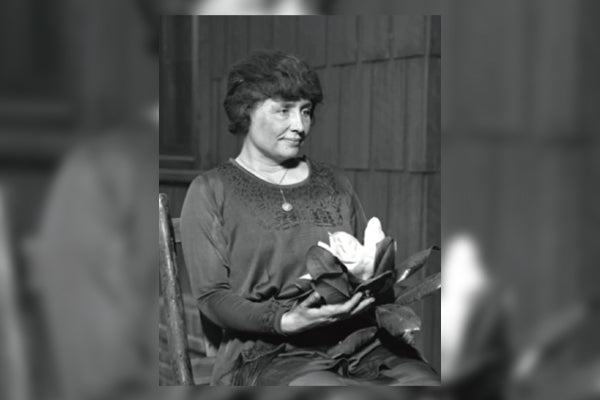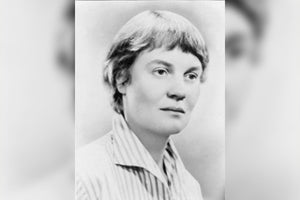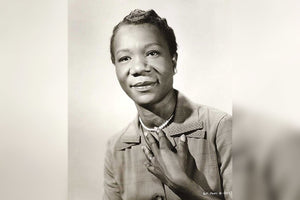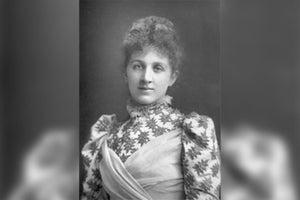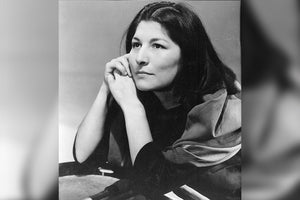Learning to Communicate
After visiting a doctor who specialized in eyes and ears, the family was advised to contact the Perkins Institute for the Blind.
Anne Sullivan was Helen’s teacher and began teaching her how to communicate. Anne could understand how frustrated Helen felt because she had also once been blind, but later had her eyesight restored by surgery.
She began to teach Helen to communicate by spelling words into her hand, beginning with “d-o-l-l” for the doll that she had brought Helen as a present.
It was hard work and Helen still didn’t really understand how to communicate.
The breakthrough moment came when, one day, Helen understood that the motion Anne was making on one hand, while running cold water on the other hand, symbolized the idea of water. After this, Helen felt more confident, and was determined to learn the motions for all the familiar objects in her world.
Helen’s relationship with her teacher Anne was a hugely important part of Helen’s life. This special friendship that lasted 49 years was later shown in the play and film ‘The Miracle Worker’.
Helen the Communicator
Helen attended many schools specifically for blind and deaf students and learned several methods of communication, including touch-lip reading, Braille, speech,typing and finger-spelling.
Helen learned how to read people’s lips with her hands and she could read sign language using her hands. She also learned how to use Braille; a writing system for visually impaired that that uses raised dots on paper to symbolize letters and words.
She was very determined and set herself the goal of learning to speak so that she could communicate with a wider audience. She achieved this goal and went on to give many speeches and lectures.
In 1904, at the age of 24, Keller graduated from Radcliffe College and became the first ever deaf blind person to earn a Bachelor of Arts degree.
Helen’s work with the blind and deaf
When Helen left university, she wanted to help others.
In 1915, she set up the Helen Keller International organization. This organisation is still running today and its mission is to prevent blindness and reduce malnutrition around the world.
In 1931, she attended the first world council and made Braille the world standard writing system for blind people.
Helen and her teacher Anne traveled the world, making speeches. Many schools for the blind and deaf were established worldwide as a result of her work.
Helen the social and political activist
Helen set out to learn more about the world and how she could help improve the lives of others. She believed that all Americans should have the same rights; it didn’t matter if they were male or female, black or white.
At the time this was a very controversial view but Helen continued to make speeches on women’s rights and civil rights to raise awareness.
Helen was criticized by many newspapers who said that her disabilities had corrupted her mind. Despite facing such prejudices, she continued with her work as a political and social activist.
She campaigned tirelessly for women’s right to vote as women were not allowed to vote in political elections until 1920.
Later in Life
Helen devoted much of her later life to raising funds for the American Foundation for the Blind.
She received many honors and awards for her work, including the Presidential Medal of Freedom, and she was elected to the National Women’s Hall of Fame.
Helen died in her sleep on the 1st June 1968, at her home, Connecticut, a few weeks before her 88th birthday.
Helen’s Legacy
Helen was an important woman in history because she showed the world that deaf and blind people could be educated and go on to lead fulfilling lives.
She was an international celebrity and was an influential campaigner regarding awareness of disabled persons, women’s rights and civil rights.
Helen’s motto was that “Although the world is full of suffering,” she said, “it is full also of the overcoming of it.”
![]() Fast Shipping
Fast Shipping![]() Subscribe to our Newsletter
Subscribe to our Newsletter![]() 🌟 New Global Competition 🌟
🌟 New Global Competition 🌟